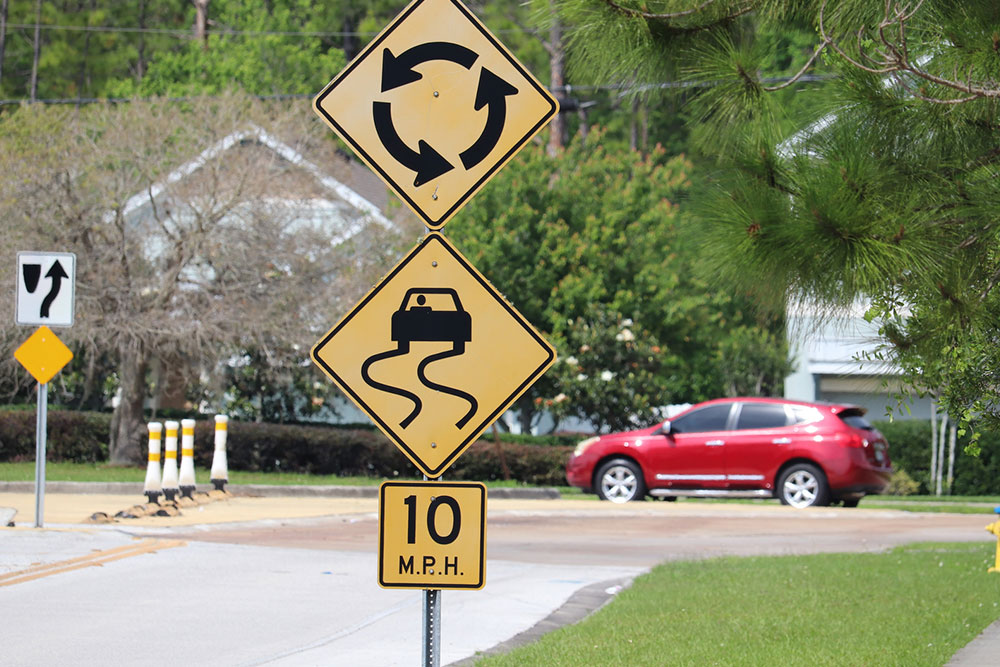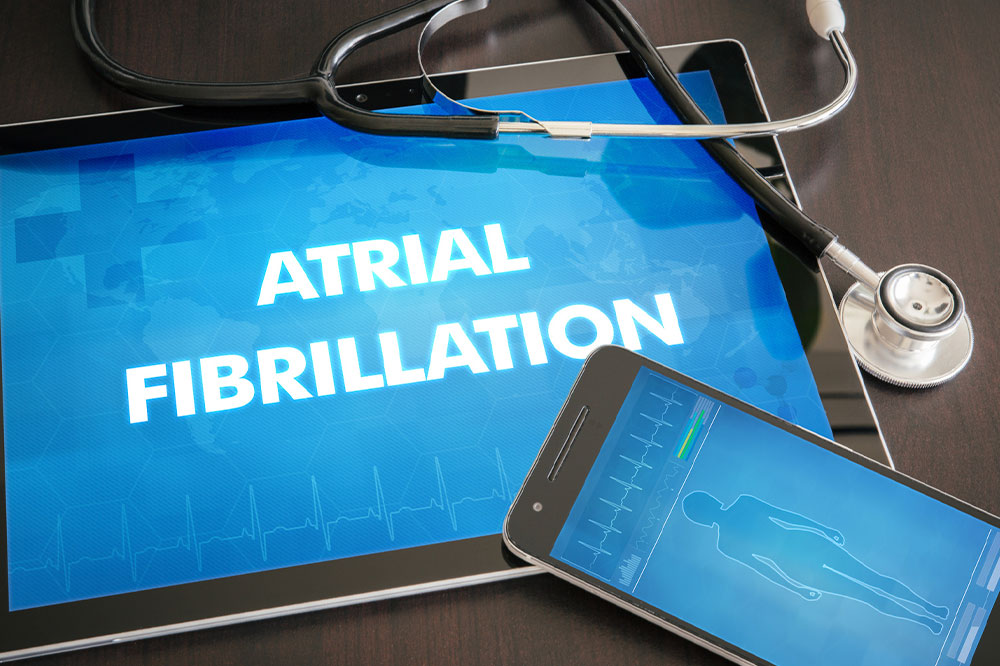
7 skid-steer safety tips for farm and landscape
A skid steer is an engine-powered machine with a small frame and is mainly used for digging, grading, loading, and handling materials used during construction, landscaping, and farming. There are several benefits to using a skid steer machine, but how they are used makes a huge difference in not only maximizing their potential but also ensuring safety. Here are some of the factors and safety tips to remember while using a skid steer.
Be safe when entering and exiting
These tiny but robust machines are highly maneuverable in tight spaces, fit into small areas, and come with many labor-saving tools or attachments. They can be used to scoop or clear animal waste, lift a tree, or carry manure or building materials. However, since they are used in multiple sites, including cities, they pose unique risks. If improperly handled, they may cause injuries or fatalities. It’s important for the operators to practice caution while mounting and dismounting these machines. Usually, one needs to enter or exit from the front. Here are some of the precautions to take:
- Turn off the engine when entering and exiting.
- Make sure the bucket or attachment is on the ground before getting in.
- Make sure the lift arm supports are in place.
- Face the seat and use handholds and steps when entering.
- Don’t use foot or hand controls for climbing.
- Keep all surfaces used for working or walking clean and clear of any debris before entering or exiting to avoid imbalance.
- Before leaving the seat, lower the attachments or the bucket to the ground and set the parking brake.
OSHA (Occupational Safety and Health Administration) has set some regulations in place for skid steer usage in agriculture and landscape, which one must adhere to.
Use caution during operation
Apart from mounting and dismounting, there are several ways one can ensure safety while using the machine. Some common operational safety precautions include the following:
- Stay seated while using controls.
- Load, unload, and turn on level ground.
- Follow the load capacity recommended by the machine guidelines and do not exceed it at any costs.
- Keep bystanders away from one’s work area.
- Always wear the seat belt and secure the restraint bar as soon as one gets in.
- Operate the loader from inside, not outside.
- Keep feet and hands inside the cab whenever possible.
- Avoid traveling across slopes.
- Always face the direction of travel and do not get distracted.
- Do not tamper with safety devices.
Utilize the built-in safeguards
Most skid steer machines or loaders come equipped with important safeguards designed to prevent potentially fatal accidents. One of them is the interlocking mechanisms, which are implemented so that the operational controls only function when controls or fixtures, like seat belts and restraint bars, are properly secured or activated. This ensures the safety of not only the driver and the load but also bystanders, if any. Apart from this, there are other safeguards like:
- rollover protective structures
- falling object protective structures
- side screens and
- operator restraint systems
Maintaining and inspecting these regularly is extremely important to prioritize one’s safety. The servicing should also be undertaken when the lift arm is properly supported by equipment approved by the manufacturer. Also, ensure that the loader is firmly supported before any lift arm or cage adjustments.
Remember the machine’s center of gravity
It’s important to remember the center of gravity of the machine always. Failing to do so means one may risk tipping over or losing control of the equipment. Ensure that the heavy part of the machine and load is always pointed upwards. If there is no load to work with, one should have the rear end pointed uphill.
Hydraulic system safety
Hydraulic pressure systems must be taken into consideration while operating heavy equipment to prevent accidents. If they are overworked, they can develop leaks and pose risks to operators and people nearby. Those who come in contact with these leaks and hydraulic oil can risk their limbs getting amputated. Any suspected leaks should be immediately reported to the machine supervisor. It’s also important to use gear to protect the eyes while checking for these leaks. The hoses and fitting may heat up due to constant use, so it’s also best to wear gloves. Failing to use these gears, even while attaching and detaching equipment, may put one at risk of injuries, burns, or even crushing due to the equipment.
Use reverse signal alarms
These are extremely critical while using the machine on farms or landscapes. The reverse signal alarms or beacon lights announce to the workers and other people on the ground that the machine is starting up. Once the movement of the skid steer is known, people can clear out the path for the operations.
Ensure the load is secured and does not exceed limit
Oftentimes, one may try to fit in an extra load than the recommended limit. Due to overload, the additional load may not get properly secured. The objects may roll back into the operator station and cause injury in such cases. The machine, of course, comes with a protective frame, but the situation can still pose a risk. In addition, overloading can cause the skid steer to tip forward and risk injuring the operator heavily. Such rollovers are especially common on steep slopes or uneven terrain and can worsen if the load is heavy.




